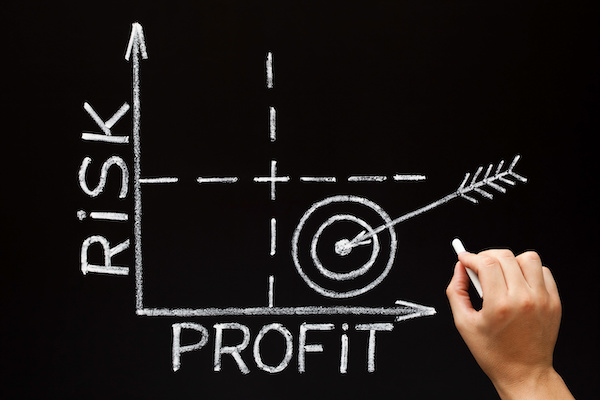I’ve been sharing my trading research and strategies for more than a decade. During that time, I’ve tested countless ideas and refined more systems than I could count. Most were useful, but not all were strong enough to share publicly.
For those of you who are new to my work, I’m a trader who took an unconventional path. Before I looked at a stock chart, I worked in military intelligence, where I learned to analyze data, manage risk, and make disciplined decisions when the stakes were high. Those lessons shaped how I trade and how I view markets.

In the military, every mission demanded precision. Guesswork wasn’t an option. That same discipline drives my approach to trading today. Over the years, I’ve focused on one mission: to find measurable ways to identify opportunities in chaotic markets.
That search led me to develop a volatility-based indicator, a tool that quantifies the two oldest forces in the market: fear and greed. It is the same research that earned me the Charles H. Dow Award for advancing technical analysis, and it is the foundation of the strategy I use today.
Unlike most sentiment measures that rely on surveys or headlines, this indicator doesn’t track what investors say—it measures what they do. When fear dominates, volatility spikes. When greed takes over, volatility contracts. These shifts reveal emotional extremes, and emotional extremes often mark turning points.
What makes this approach different is its recognition of time. Market emotions, like human emotions, don’t last forever. Each stock has its own rhythm. Some recover from fear quickly; others take longer. My system adapts to that rhythm, identifying short-term opportunities where emotion has peaked and probability favors a reversal.
This is what I call the turning point, the brief-but-powerful moment when emotion fades and opportunity begins.
In practice, when the indicator shows extreme greed, it signals the potential for FOMO-driven rallies as buyers rush to join in. When fear reaches its peak, it points to exhaustion, the point where sellers have run out of conviction and value begins to reemerge.
This framework works because investor behavior never really changes. Whether we are in a bull market, a bear market, or a choppy transition, the crowd follows the same emotional cycles. The key is to measure them objectively and act when the data confirms that emotion has gone too far.
Many of you have followed my work for years. You know that I focus on safe, consistent, short-term trades—strategies designed to compound over time without taking on unnecessary risk. That hasn’t changed. This indicator refines that philosophy, giving me a clearer read on market emotion and allowing us to move with precision when opportunity presents itself.
Markets will always be unpredictable. Headlines will always change. But human behavior is remarkably consistent, and that consistency can be measured.
I can’t control the market’s emotions. What I can do is quantify them. And that is where opportunity begins.
That is the turning point. And that is where we trade.
In the coming weeks, I’ll share more insights on how this indicator performs in real market conditions, along with potential trade setups generated by its signals. I’m expecting some dynamic market activity in the coming weeks as the U.S. Supreme Court takes up the case on the constitutionality of President Trump’s tariffs. It’s been estimated that upwards of $1 Trillion are at stake. Watch for more updates from me or check out my new upcoming presentation here.
One Signal. 37 Winners. Tim Plaehn's Next Pick Is Free.
The same signal that spotted gains of 404%, 253%, and 181% is flashing again. Tim Plaehn reveals which stock—ticker included—in his free presentation. No catch. Watch the Free Stock Reveal Here.





